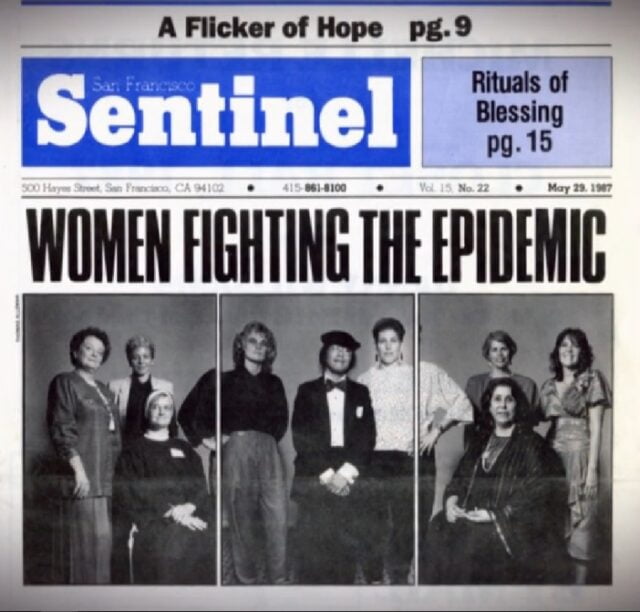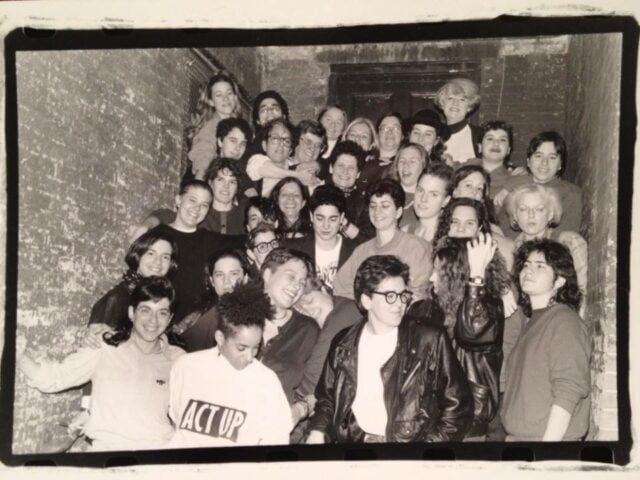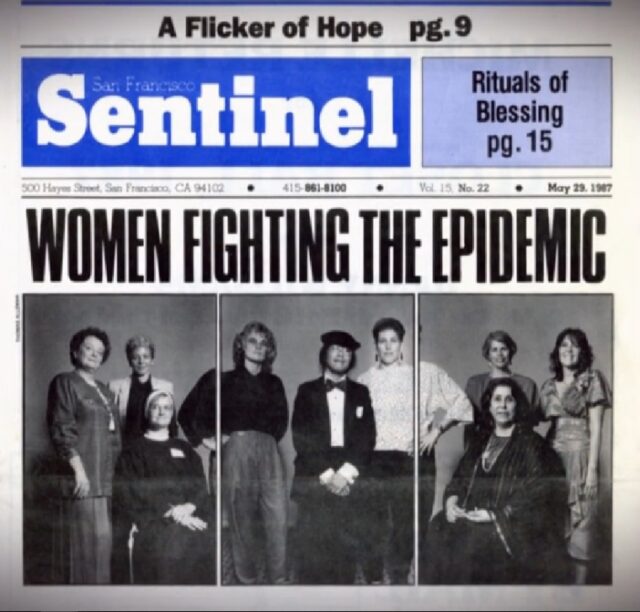LGBTQ+ is the umbrella term that consists of all sexualities and the gender spectrum. LGBTQ refers to Lesbian, Gay, Bisexual, Transgender, and Queer respectively. The + sign is used to include other sexualities like asexuality, demisexuality, transsexuality, pansexuality, etc, and genders including pangender, bigender, etc.
Sometimes, to aware people and make the term clearer, it is often elongated to LGBTQIA+ (I being Intersex and A being Ally). Earlier, it was simply LGBT. But, if you are a GenZ, then in all probability you have always heard the L coming first in all these abbreviations.
Early millennials or the GenX may remember the community being referred to as GLBT in earlier times. So, when and why did we change it from GLBT to LGBT? The reason dates back to the AIDS pandemic of the late 90s, which was first conceived as the “gay disease”.
AIDS And Its Faux Association With LGBTQ+ Community
The first cases of AIDS were observed in Africa, and very soon the disease spread to other countries too. HIV was a virus unlike anything scientists had seen before. There was a public hysteria and unfortunately, the gay and trans community took the most brunt of it.
This is because initially, only gay or trans people were diagnosed with AIDS. This led people to believe that the virus and homosexuality have some connection. Homophobic people used this to justify their bigotry and society, at large, believed that it was God’s way of punishing them.
It was only after thorough research that these bases were dismissed. But, during that time there was increased resistance and phobia towards the community, which was already marginalized. People turned their backs to them and as a result, they were forced to cater for themselves.
Read More: Watch: We Wouldn’t Need A LGBTQ Revolution If 10th Class Biology Included This
How Lesbians Took Charge And Stood For The Community
Just like all of life, when people narrate this story they forget to mention the critical role of women. All they talk about is how HIV infected gays and how they supported each other and rallied to each other’s sides. But, what about lesbians and bisexual women? Where are they in the whole narrative?
The book Victory Deferred: How AIDS Changed Gay Life in America published in 1999 by John-Manuel Andriote tells how the AIDS pandemic brought together gays and lesbians, the communities which were earlier only loosely connected. Women stayed together with the infected guys and nursed them.
They donated blood to the victims, provided them food and housing. They took charge as leaders and veered through the male-centered and homophobic society, challenging every patriarchal norm to have existed.

When medical science advanced and there was an increased awareness about AIDS, the crisis began to settle slowly. It was then in the late 90s that lesbians were included in the homosexual sphere, which was earlier heavily gay-dominated.
They were getting noticed and started to be given the treatment they deserved. Over time, it became a standard practice to use L first in LGBTQ+ rather than G. It was the community’s way to honor them for their service, support, and solidarity.

Not The Only Explanation
While most sources cite this as the reason, I came across a video on Instagram in which the girl said that the real reason for the same is to remember those lesbian women who lost their lives during the pandemic due to negligence.
It is not an unknown fact that medical science still largely ignores women while conducting trials for medicines, disease diagnoses, etc. The same happened back then. Research was conducted on/with gay men as focus and women were completely sidelined. They were overshadowed and not given enough attention, due to which many of them died.
It was a classic case of women suffering due to negligence and prevalent patriarchy. So, the L first is to honor those lesbians who lost their lives.
The girl in the video cites the book “A Political History of Act Up New York, 1987-1993: Let The Record Show” by Sarah Schulman as her source.
Possibly the reason is a little bit of both these factors, women leading the treatment and nursing of gay men while simultaneously not getting the medical care that they required.
Sources: The Foreword, Medium.com, Investigo, Instagram +more
Image Sources: Google Images
Find The Blogger: @TinaGarg18
This post is tagged under: Lesbian, gay, queer, bisexual, homosexuality, transsexual, homophobia, transphobia, queer community, pride, love is love, rainbow, marginalized community, gay rights, homophobic people, lesbians, why L comes first, pansexuality, demisexual, asexual, gender fluidity, gender binary, non binary, male, female, sex, relationship, romance, social construct, why L in LGBTQ+ comes first
Other Recommendations:








